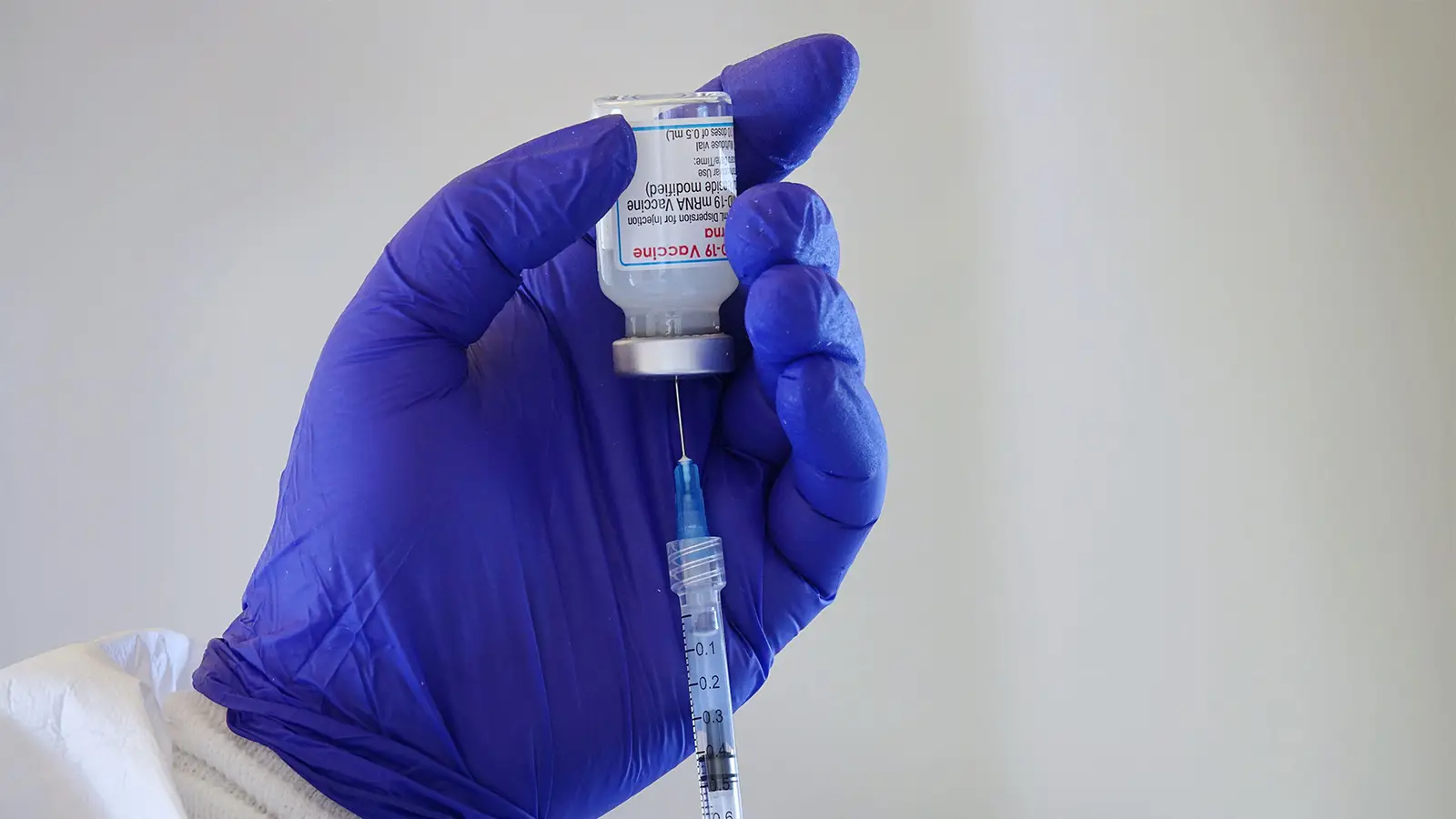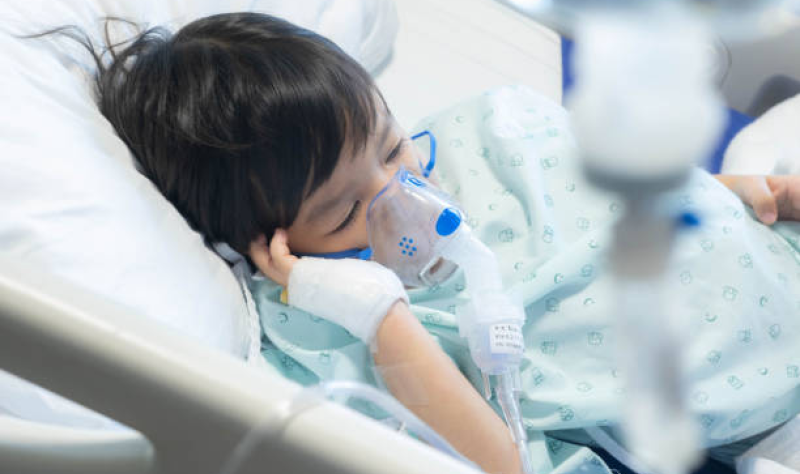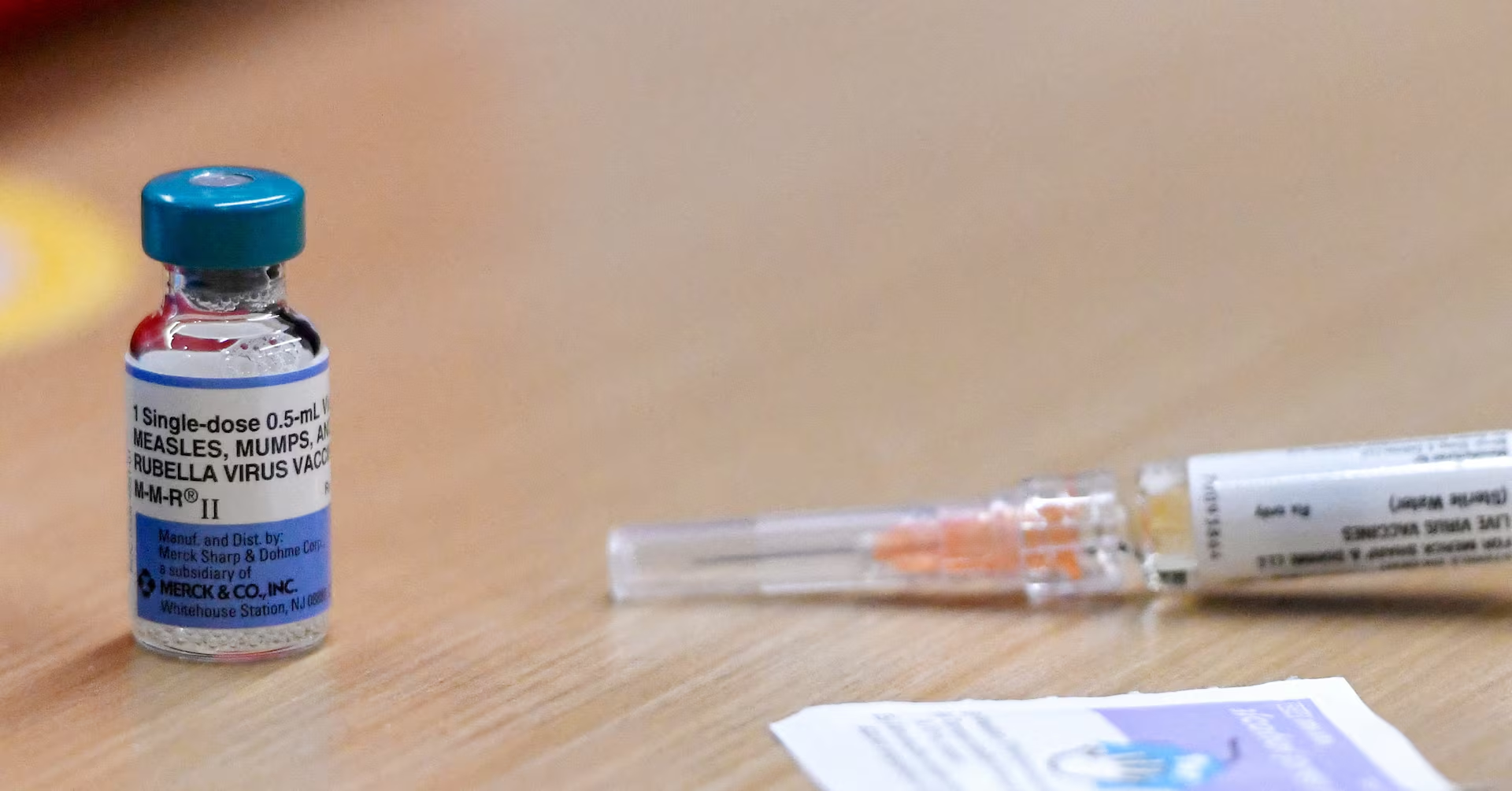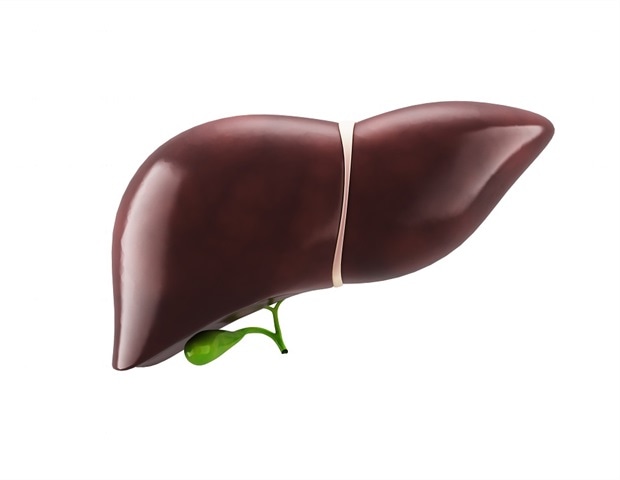- The severity of SARS-CoV-2 infections has waned since…
Category: 6. Health
-

COVID Vaccines Still Effective Against Severe Outcomes, VA Study Suggests
-

Data: Pediatric hospital strain amid 2022-23 respiratory virus season not tied to decline in beds
A Yale University–led research team reports that high US pediatric hospital bed occupancy (bed strain) and large differences in between-hospital bed occupancy (load imbalance) were common during the 2022-23 respiratory virus season, but weren’t…
Continue Reading
-

Another IL-17A/F Blocker Moves Forward for Psoriatic Arthritis
- Blocking both interleukin-17A/F has been effective…
Continue Reading
-
Just a moment…
Just a moment… This request seems a bit unusual, so we need to confirm that you’re human. Please press and hold the button until it turns completely green. Thank you for your cooperation!
Continue Reading
-

WHO pertussis case definition misses many infections, needs revision, study suggests
anjanettew / Flickr cc Researchers are calling for revision of the World Health Organization pertussis (whooping cough) case definition after finding that both it and a modified definition miss many lab-confirmed cases in…
Continue Reading
-

Key US vaccine panel meeting delayed, agenda unclear
Item 1 of 2 A view shows MMR vaccine at the City of Lubbock Health Department in Lubbock, Texas, U.S. February 27, 2025. REUTERS/Annie Rice/File Photo
[1/2]A view shows MMR vaccine at the City of Lubbock Health Department in Lubbock, Texas, U.S….Continue Reading
-

CGM-Based Measures Could Improve Detection of Impaired Glucose Regulation
Researchers from the University of Tokyo assessed the use of continuous glucose monitors (CGMs) as a less invasive method for identifying impaired glucose regulation in individuals without diagnosed diabetes. The study authors, who published…
Continue Reading
-

UT Health installs Siemens 7T MRI scanner
The University of Texas (UT) at San Antonio will be the first in Texas to house a Siemens Healthineers’ Magnetom Terra.X 7-tesla MRI scanner at its Center for Brain Health, opening in December 2025.
Cleared in March 2024, the scanner produces…
Continue Reading
-
Just a moment…
Just a moment… This request seems a bit unusual, so we need to confirm that you’re human. Please press and hold the button until it turns completely green. Thank you for your cooperation!
Continue Reading
-

UCSF team uncovers breakthrough immunotherapy for colon cancer liver metastases
Advanced colon cancer is the leading cause of cancer-related death in young American men and the second highest worldwide. In the majority of these patients, as the cancer advances it metastasizes to the liver. Despite progress in…
Continue Reading